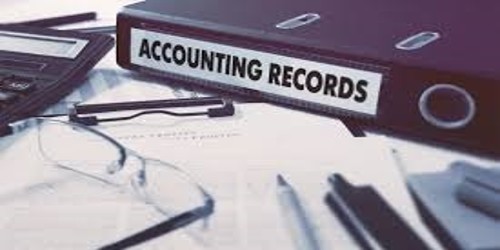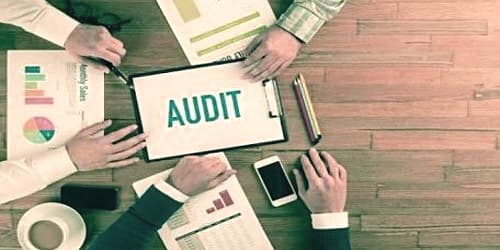Accounting records are key sources of information and evidence used to prepare, verify and/or audit the financial statements. They are the original source documents, journal entries, and ledgers that describe the accounting transactions of a business. They include records of assets and liabilities, monetary transactions, ledgers, journals and any supporting documents such as checks and invoices. They also include documentation to prove asset ownership for the creation of liabilities and proof of monetary and non-monetary transactions. Examples of accounting records are the general ledger, all subsidiary ledgers, invoices, bank statements, cash receipts, and checks.
Accounting records can take on many forms and include (among other camps):
- Ledgers
- Journals
- Bank statements
- Contracts and agreements
- Verification statements
- Transportation receipts
- Invoices
- Vouchers
Accounting records can be in physical or electronic formats. They can be presented in different ways, whether in paper or digital format. They support the production of financial statements. They are necessary for tax purposes, legal accountability and adequate financial oversight. Most often, companies opt for the use of reputable accounting software, especially for its simplicity and the peace of mind it can provide.
In some states, accounting bodies set rules on dealing with records from a presentation of financial statements or auditing perspective. Auditors and taxing authorities are the entities most likely to inspect accounting records. Rules vary in different countries and different industries have specific record-keeping requirements. As a general rule, accounting records should be kept at least seven years for auditing purposes.
Accounting records are important for all types of accounting including financial accounting, cost accounting as well as for different types of organizations corporations, partnerships, LLCs, and for not for profits or for profits. They are to be retained for a number of years so that outside entities can inspect them and verify that the financial statements derived from them are correct.
















